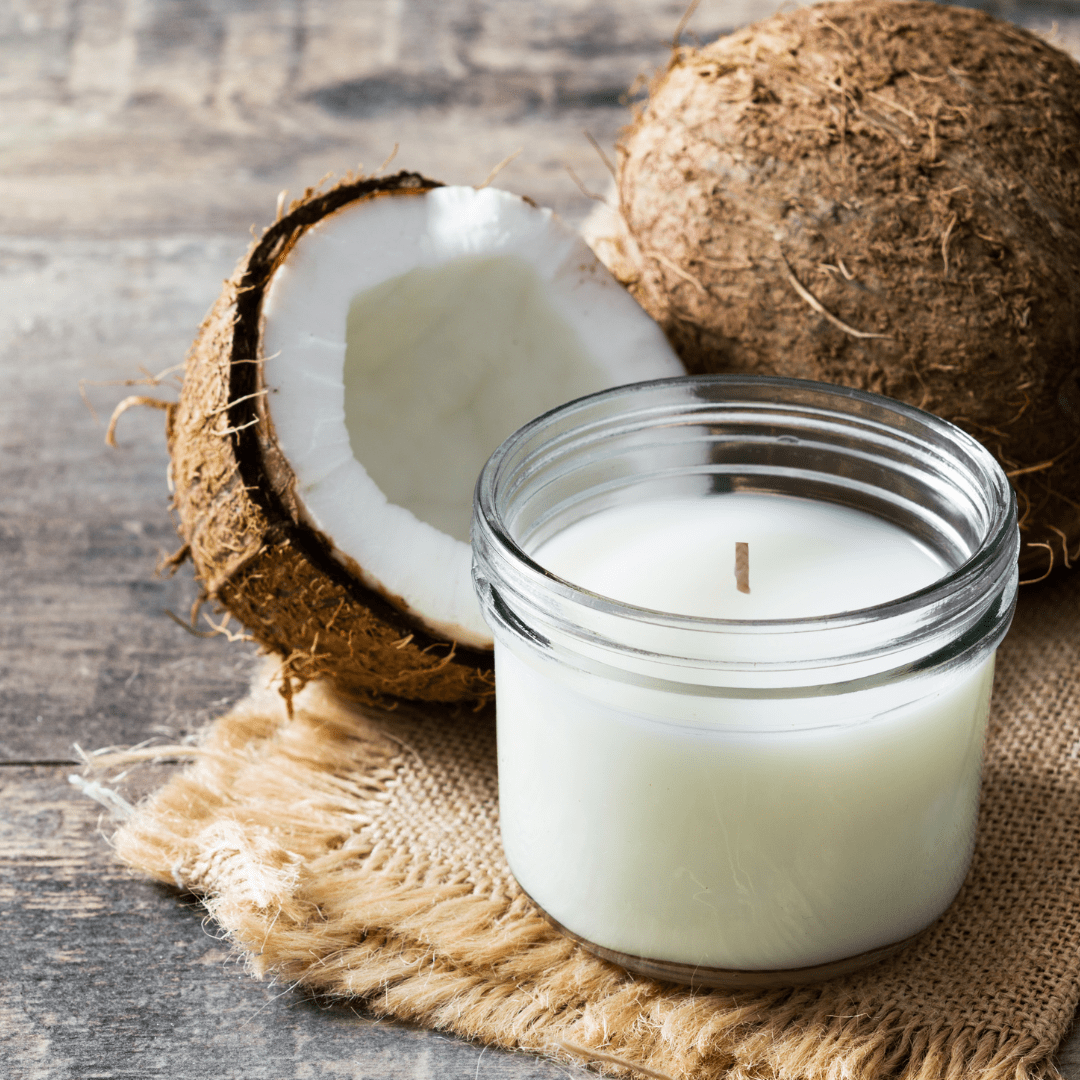Illuminate Your Setting with Crystal Soy Candles and Home Fragrance
Illuminate Your Setting with Crystal Soy Candles and Home Fragrance
Blog Article
From Wick to Wax: Understanding the Chemistry Behind Soy Wax Candles and Their Environmental Impact
As we illuminate our rooms with the cozy radiance of candles, there lies a realm of complex chemistry behind the seemingly easy act of lighting a soy wax candle light. Join us as we untangle the scientific details behind soy wax candles and explore their effects on our atmosphere.
Soy Wax Vs. Paraffin Wax
When contrasting soy wax and paraffin wax for candle making, it is important to comprehend the distinct features and advantages of each product. Soy wax is an all-natural, renewable energy stemmed from soybean oil, making it naturally degradable and eco-friendly - soy wax candles. In contrast, paraffin wax is a by-product of petroleum refining, which elevates concerns about its environmental effect and sustainability
Soy wax candles melt cleaner and produce less residue contrasted to paraffin wax candles, making them a healthier option for indoor air top quality. Furthermore, soy wax has a lower melting factor, permitting for a longer-lasting candle that distributes fragrance extra efficiently. Paraffin wax, on the various other hand, often tends to burn faster and much less easily, potentially launching hazardous chemicals right into the air.
From a sustainability viewpoint, soy wax is preferred for its biodegradability and sustainable sourcing, lining up with the growing consumer choice for ecologically mindful products. While paraffin wax has been a standard choice in candle light making because of its cost and convenience of usage, the shift towards environment-friendly options like soy wax is gaining energy in the market.
Chemical Structure of Soy Wax

Combustion Refine in Soy Candles
The chemical structure of soy wax straight affects the burning process in soy candles, affecting aspects such as shed time, fragrance release, and ecological effect. When a soy candle is lit, the heat from the fire thaws the wax near the wick. This liquid wax is after that drawn up the wick due to capillary activity. As the liquid wax reaches address the flame, it evaporates and goes through combustion. The burning process involves the vaporized hydrocarbons in the wax reacting with oxygen in the air to generate warm, light, water vapor, and carbon dioxide.
The combustion efficiency of soy candle lights is influenced by the pureness of the soy wax and the top quality of the wick. Furthermore, soy wax candles have a lower ecological impact contrasted to paraffin candles due to their biodegradable and sustainable nature.

Environmental Advantages of Soy Wax

Taken into consideration a sustainable option to standard paraffin wax, soy wax uses noteworthy environmental advantages that make it a prominent selection amongst eco-conscious consumers. Soy wax burns cleaner and creates less residue than paraffin wax, contributing to much better indoor air top quality and minimizing the need for cleaning and maintenance. Generally, the ecological benefits of soy wax align with the growing need for green and lasting products in the market.
Recycling and Disposal Factors To Consider
Reusing and proper disposal of soy wax candle lights play a crucial function in keeping environmental sustainability and reducing waste in families and communities. When it comes to recycling soy wax candle lights, the initial step is to make certain that the candle has burned totally.

In terms of disposal, if recycling is not an alternative, soy wax candle lights are naturally degradable and can be safely dealt with in anchor most home waste systems. It is constantly suggested to inspect with regional reusing facilities or waste administration solutions for particular guidelines on candle light disposal to ensure proper handling and environmental protection.
Verdict
Finally, the chemistry behind soy wax candle lights exposes their ecological advantages over paraffin wax candle lights. Soy wax, stemmed from soybean oil, burns cleaner and generates much less residue when contrasted to paraffin wax. The combustion process in soy candle lights is more effective, bring about a longer and extra even melt. In addition, soy wax is sustainable and naturally degradable, making it a much more lasting option for candle light production. Recycling and proper disposal of soy wax candle lights better contribute to their ecological impact.
When contrasting soy wax and paraffin wax for candle light production, it is vital to recognize the distinct features and benefits of each product (candles).Soy wax candle lights melt cleaner and release less soot compared to paraffin wax candle lights, making them a much healthier choice for indoor air quality.Considered a sustainable option to conventional paraffin wax, soy wax uses noteworthy environmental benefits that make it a popular selection among eco-conscious consumers. Soy wax burns cleaner and creates less residue than paraffin wax, contributing to much better interior air top quality and decreasing the need for cleaning and upkeep.In conclusion, the chemistry behind soy wax candles exposes their environmental advantages over paraffin wax candles
Report this page